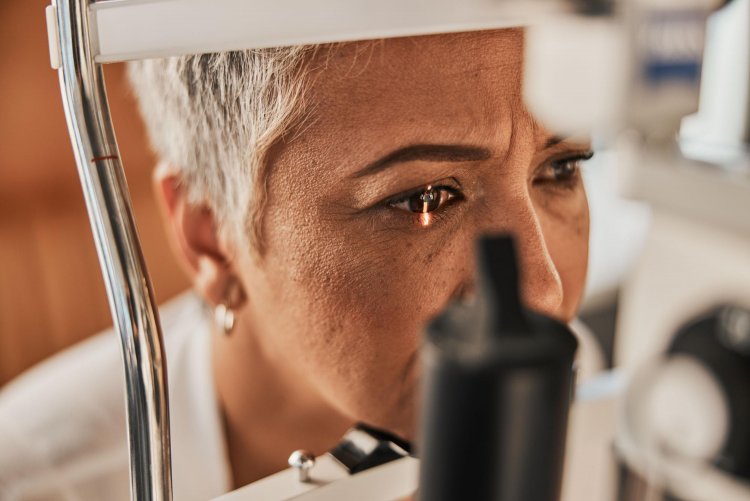Seeing Clearly Again: The Journey Through Cataract Treatment
Cataracts are a common eye condition that typically develops slowly and affects people as they age. The condition involves the clouding of the eye's natural lens, leading to blurred vision and, if left untreated, potentially significant vision loss. In this article, we'll explore what cataracts are, their symptoms, how they're diagnosed, and the available treatment options.

What Are Cataracts?
Cataracts occur when the proteins in the lens of the eye start to break down and clump together, causing cloudiness. This cloudiness disrupts the passage of light through the lens, leading to vision impairment. While aging is the most common cause of cataracts, other factors such as genetics, certain medical conditions like diabetes, and prolonged exposure to ultraviolet light can also increase the risk of developing cataracts.
Symptoms of Cataracts:
The symptoms of cataracts can vary depending on the severity of the condition. Some common signs and symptoms include:
- Blurry Vision: One of the earliest signs of cataracts is blurry or cloudy vision, similar to looking through a foggy window.
- Difficulty Seeing at Night: Cataracts can cause increased difficulty seeing in low-light conditions, such as driving at night.
- Sensitivity to Light: Individuals with cataracts may become more sensitive to bright lights or glare, making it uncomfortable to be in well-lit environments.
- Faded Colors: Colors may appear duller or less vibrant to someone with cataracts.
- Frequent Changes in Eyeglass Prescription: As cataracts progress, frequent changes in eyeglass prescription may be necessary to maintain clear vision.
Diagnosis of Cataracts:
If you're experiencing symptoms of cataracts, it's important to see an eye doctor for a comprehensive eye examination. During the exam, the doctor will perform various tests to assess your vision and the health of your eyes. These tests may include:
- Visual Acuity Test: This test measures how well you can see at various distances using an eye chart.
- Slit-Lamp Examination: A slit lamp allows the doctor to examine the structures of your eye, including the lens, under magnification.
- Retinal Examination: The doctor will examine the back of your eye, including the retina, using special instruments.
- Refraction Test: This test determines your exact eyeglass prescription.
Based on the results of these tests, your eye doctor can diagnose the presence and severity of cataracts.
Treatment Options for Cataracts:
While cataracts cannot be reversed, they can be effectively treated with surgery. Cataract surgery involves removing the cloudy lens and replacing it with an artificial intraocular lens (IOL). The procedure is typically performed on an outpatient basis and is highly successful in restoring clear vision.
Key Points about Cataract Surgery:
- Phacoemulsification: This is the most common technique used in cataract surgery. It involves using ultrasound energy to break up the cloudy lens into small pieces, which are then removed from the eye.
- Intraocular Lens (IOL) Implantation: During cataract surgery, the natural lens of the eye is replaced with an artificial lens called an intraocular lens (IOL).
- Recovery: Most people experience improved vision within a few days to weeks after cataract surgery.
- Postoperative Care: It's essential to follow your doctor's instructions for postoperative care after cataract surgery.
In conclusion, cataracts are a common eye condition that can significantly impact vision if left untreated. However, with early diagnosis and appropriate treatment, such as cataract surgery, many people can achieve improved vision and quality of life.
.
Disclaimer:
The information provided in this article is for educational purposes only and should not be considered medical advice. If you have any health concerns or are experiencing symptoms, it is important to consult with a healthcare professional, such as a doctor or clinic, for proper diagnosis and treatment. Always seek the advice of your doctor or other qualified health provider with any questions you may have regarding a medical condition. Do not disregard professional medical advice or delay in seeking it because of something you have read in this article.
What's Your Reaction?





















